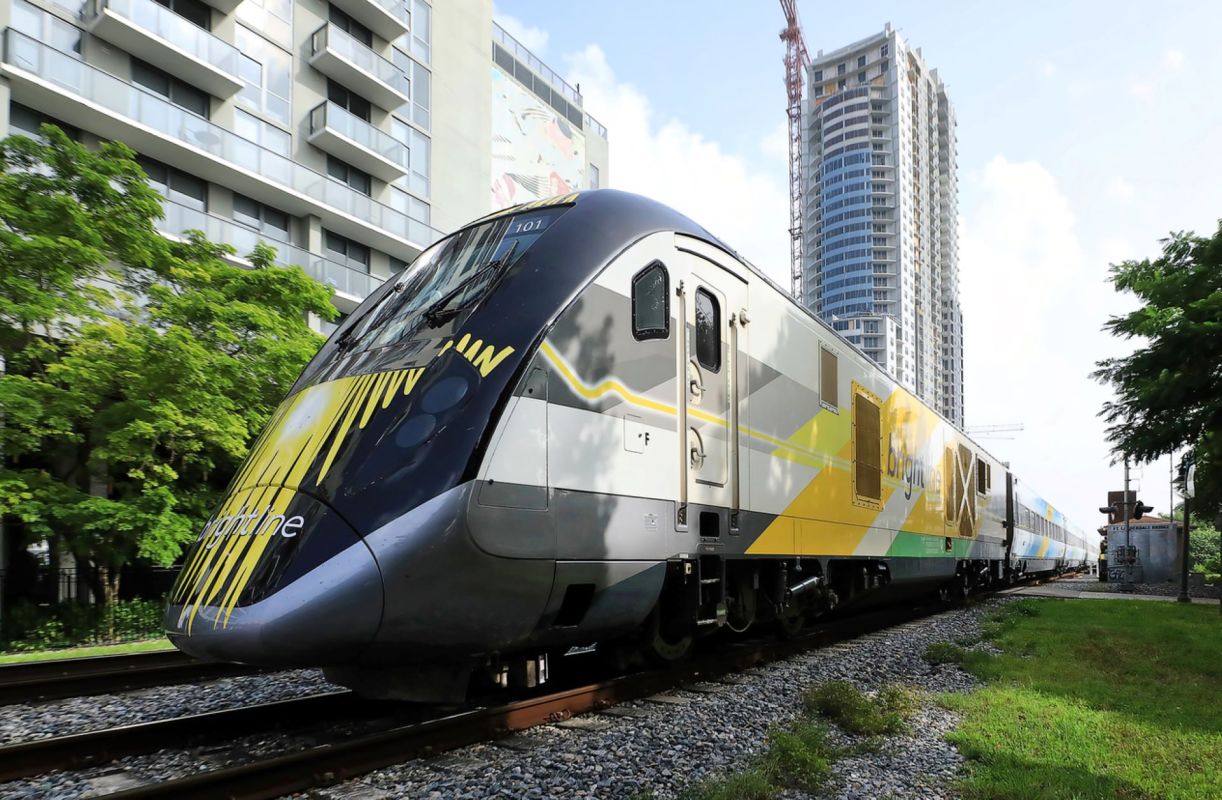The construction of a new high-speed rail line in California has moved a step closer with two bidders shortlisted to deliver the project's trainsets.
The California High-Speed Rail Authority has whittled the bidders down to Alstom Transportation Inc. and Siemens Mobility Inc., with the winning party expected to provide the trains for the upcoming line.
"These world-class vendors ensure that we are procuring the latest generation of high-speed trains," California High-Speed Rail Authority CEO Brian Kelly said, per Railway Gazette International.
"With this recent federal grant, we are able to move forward with this major step on the project, purchasing trains capable of speeds of more than 220 [miles per hour] to move passengers here in California in a way that transforms the passenger rail experience."
That grant is worth $3.1 billion and has been delivered through federal funding. The next step is to release the request for proposals, which will call on the shortlisted parties to put forth their intentions regarding the design, supply, and commissioning of the trainsets and the provision of 30 years of maintenance.
According to the High-Speed Rail Authority, the project will connect San Francisco to Los Angeles and allow for a travel time of less than three hours. The whole system will comprise 800 miles and 24 stations, and in time, it will add San Diego and Sacramento to the route.
In addition to the new high-speed railway, modernization of regional lines will be conducted within the multibillion-dollar investment plan.
High-speed rail is one of the most promising solutions for cleaner mass transportation. Running on electricity rather than dirty fuel, such networks can provide a viable alternative to short-haul flights, which are among the biggest polluters in the sector.
Data from the United Kingdom's Department for Business, Energy and Industrial Strategy, summarized by the BBC, found domestic flights can account for as much as 133 grams (almost five ounces) of carbon dioxide pollution per kilometer (about 0.6 miles) traveled, not to mention the secondary effects from high altitude.
In comparison, domestic rail accounts for 41 grams (about 1.4 ounces) of carbon per kilometer, even though most lines run on diesel. That's among the reasons why sleeper trains are returning in various countries, especially in Europe. The polluting impact of electric-based high-speed rail will be even less.
With an option that can offer travel across great distances efficiently without the need for diesel, high-speed rail could make a huge impact in terms of reducing planet-warming gases.
Join our free newsletter for weekly updates on the coolest innovations improving our lives and saving our planet.









